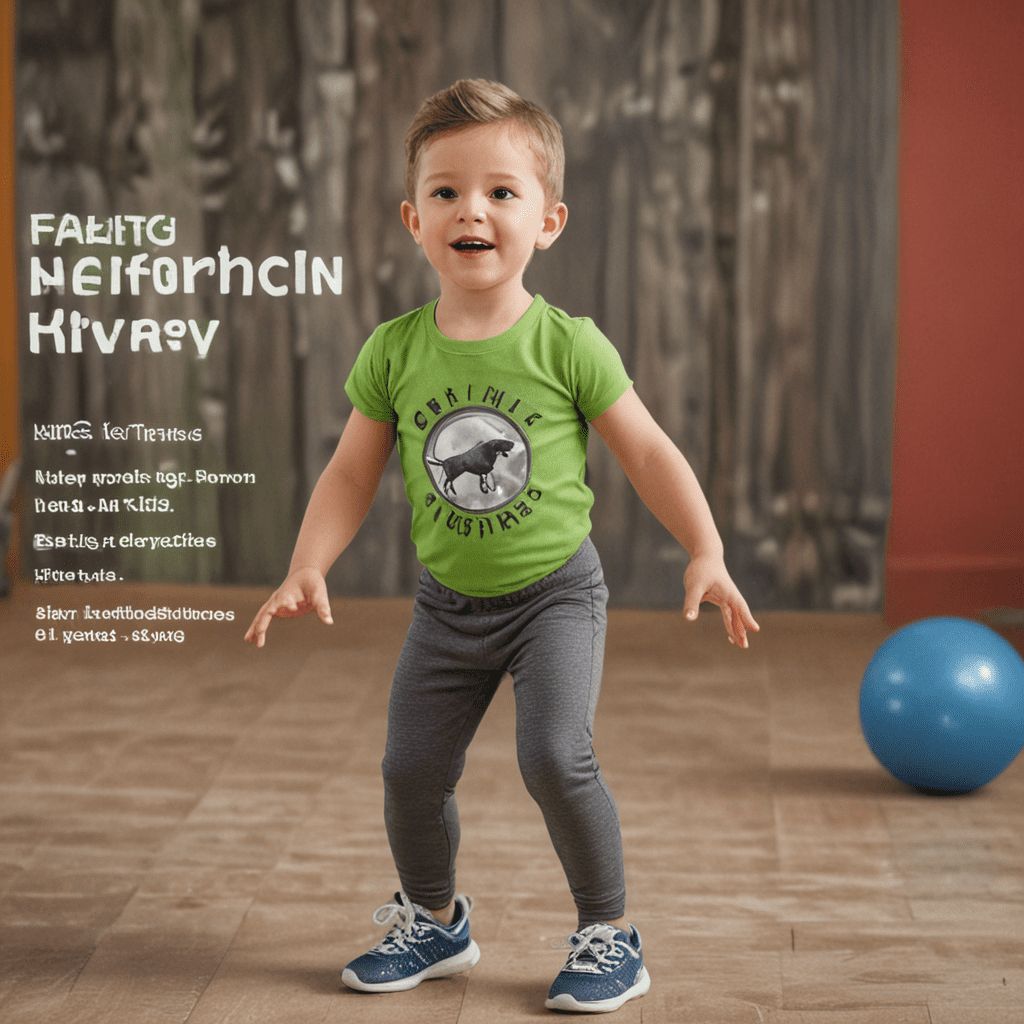
Benefits of Animal-inspired Movement Activities for Kids
Integrating animal-inspired movements into kids' activities offers a myriad of benefits that contribute to their overall physical, cognitive, and emotional well-being. By imitating the movements and behaviors of different animals, children engage in imaginative play while reaping numerous developmental advantages.
Enhanced Motor Skills
Animal-inspired movements require kids to use a wide range of muscle groups. For example, crawling like a bear strengthens the upper body muscles, while hopping like a frog improves lower body coordination. These movements help develop gross motor skills such as balance, coordination, and agility, fostering a strong foundation for future physical activities.
Improved Coordination and Balance
Animal-inspired exercises provide an excellent opportunity for kids to improve their coordination and balance. For instance, hopping like a kangaroo requires them to coordinate their legs and arms simultaneously, while balancing on one foot strengthens their sense of equilibrium. These activities enhance their ability to move smoothly and efficiently, reducing the risk of falls and injuries.
Increased Physical Activity
Integrating animal movements into playtime encourages kids to engage in more physical activity. By transforming play into a fun and imaginative adventure, these movements make exercise less daunting and more enjoyable. By incorporating animal-inspired activities into their daily routine, children can meet the recommended guidelines for physical activity, essential for maintaining a healthy weight and preventing chronic diseases.
Fostering Imagination and Creativity
Animal-inspired movement activities stimulate children's imaginations by encouraging them to embody the characteristics of different animals. Pretending to be a fierce lion, a graceful swan, or a swift fox allows them to express their creativity through movement. This imaginative play enhances their cognitive skills, such as storytelling and problem-solving, as they create scenarios and adventures around their animal personas.
Cognitive Development
Animal-inspired movements also support cognitive development in children. By imitating the actions of animals, they learn about different movements and how their bodies can move in new and different ways. This helps to strengthen their spatial awareness, enhances their understanding of body parts, and improves their overall cognitive development.
Emotional Regulation
Animal-inspired movement activities can also assist in emotional regulation. When children pretend to be animals, they can express their emotions in a safe and acceptable way. Roaring like a lion can help them release their anger, crawling like a snake can reduce their anxiety, and hopping like a rabbit can boost their joy. These activities provide a therapeutic outlet for children to explore and express their emotions.
Reduced Stress and Anxiety
Engaging in animal-inspired movement activities may alleviate stress and anxiety in children. Movement is known to relieve tension and produce endorphins, the body's natural painkillers. By mimicking the movements of animals, children can channel their anxiety into physical activity, reducing stress levels and promoting relaxation.
Improved Body Awareness
Participating in animal-inspired movement exercises enhances children's body awareness. As they try to contort their bodies into different animal postures, they become more familiar with their bodies and can develop a better sense of balance and spatial awareness. This improved body awareness can help them in other areas of their development, such as sports, dance, and other physical activities.
Fun and Engaging
Last but not least, animal-inspired movement activities are simply fun and engaging for children. They provide a unique and imaginative way to stay active, develop important skills, and express themselves creatively. The joy children experience while participating in these activities makes them an even more valuable addition to their daily lives.
FAQs
Q: How often should children participate in animal-inspired movement activities?
A: Aim for at least 60 minutes of moderate-to-vigorous activity daily, and incorporate animal-inspired movements into as many of these activities as possible.Q: Are animal-inspired movement activities suitable for all ages?
A: Yes, animal-inspired movements can be adapted to suit any age group. Start with simple movements for younger children and gradually introduce more complex ones as they grow older.Q: Can animal-inspired movement activities be done indoors or outdoors?
A: Both! Animal-inspired movements can be enjoyed indoors when space is limited or outdoors for a more adventurous experience.


